Chapter 22
QUADRANT 4: DURABILITY
Every now and then, we are blessed with individuals who touch our souls, inspire us, challenge us, and change us—to be better, wiser, and stronger. They give us the rough kick in the butt we need to get going personally and professionally.
They have a long-term impact. We remember what they said during dinner the night after the talk, while we are driving to work a week after that, and for years afterward. They have what we like to call “presentation Durability.”
Your audience is relying on you. Ben Franklin sums it up best:
Without continual growth and progress, such words as improvement, achievement, and success have no meaning.
We must constantly be pushing ourselves to become better, to get outside our comfort zones, and to acquire new knowledge and skill sets so that we can make a lasting impact. The art of presenting is a complex task that requires constant refinement.
WHY DURABILITY MATTERS WITH PRESENTERS
Your Badge score in Durability showcases just how influential your message is on the lives of those who hear it. Are they moved? Think of some of the greats: Patrick Henry, Martin Luther King, Jr., and Susan B. Anthony. These are the men and women who made a tremendous impact simply through the medium of presentation. There are countless others who make a powerful impact on others: coaches, counselors, teachers, and mentors. They change lives.
EXAMINING A PROFESSIONAL FROM THE PAST
July 1863. A special memorial was being held, and Edward Everett was the primary speaker for the day. In 1863, attention spans were not like the eight-second version1 we have today. Audiences wanted long and lengthy talks, ones that would inspire and educate. Everett was considered a superstar orator, but his two-hour speech was not remembered by the 15,000 in attendance. Instead, the man who spoke right after him went down in history as delivering one of the best speeches of all time, one that lasted only two minutes (273 words). In fact, it was so short that there are no photographs of him onstage. He walked up, gave an absolutely dynamic presentation, and stepped down. Before photographers knew it, he was done, but lives were changed forever.
The man was Abraham Lincoln, and the speech was the Gettysburg Address.2 Everett’s speech is what brought people together, but it was Lincoln’s speech that changed the world. What made this speech so enduring is that he didn’t use flowery or archaic phrases. Instead, his words were short, simple, and concise—an approach he was recognized for during his time in office. The Gettysburg Address was not only simple, it was also incredibly moving. “A government of the people, by the people, for the people” was a beautiful way to describe the American experience, even in the wake of a tragedy.
At the time, people were talking about bringing slavery to an end. Lincoln used the Gettysburg Address to discuss equality. The notion that all men were created equal was radical for the period and completely revolutionary.
The Gettysburg Address is littered with simple and powerful statements, radical insights that changed an entire country. Lincoln exemplified the importance of the Durability quadrant; his message that day will be remembered forever.
LEARNING FROM A PROFESSIONAL TODAY
At the University of Texas (UT) at Austin, the graduating class of 2014 was honored with an amazing commencement address. The speaker that day was Navy Admiral William H. McRaven, ninth commander of the U.S. Special Operations Command. A heavily decorated Navy SEAL, he offered life lessons that were simple yet profound in a mere 20 minutes. Near the beginning of his talk,3 he shared a line that was inspired by the university’s slogan, “What starts here changes the world”:
Tonight, there are almost 8,000 students graduating from UT. That great paragon of analytical rigor, Ask.com, says that the average American will meet 10,000 people in his or her lifetime. That’s a lot of folks. But if every one of you changed the lives of just 10 people and each one of those folks changed the lives of another 10 people—just 10—then in five generations—125 years—the class of 2014 will have changed the lives of 800 million people.
Eight hundred million people—think of it—over twice the population of the United States. Go one more generation and you can change the entire population of the world—8 billion people.
Immediately, he provided the purpose of his talk by highlighting that every person has value. He implied that all of us can make a big impact or perhaps even change the world. He then continued with 10 life lessons:
1. If you want to change the world, start off by making your bed.
2. If you want to change the world, find someone to help you paddle.
3. If you want to change the world, measure individuals by the size of their heart, not the size of their flippers.
4. If you want to change the world, get over being a sugar cookie and keep moving forward.
5. If you want to change the world, don’t be afraid of the circuses.
6. If you want to change the world, sometimes you have to slide down the obstacle head first.
7. If you want to change the world, don’t back down from the sharks.
8. If you want to change the world, you must be your very best in the darkest moment.
9. If you want to change the world, start singing when you’re up to your neck in mud.
10. If you want to change the world, don’t ever, ever ring the bell.
These life lessons are so very simple yet so very elegant. There is nothing fancy. Just honest insights that hit you in the gut and will resonate long after.
MASTERING THE DURABILITY QUADRANT
On September 18, 2007, a special group of folks got to witness in person one of the best presentations of the last 20 years. Randy Pausch, professor of science and human-computer animation, gave “The Last Lecture: Really Achieving Your Childhood Dreams”4 at Carnegie Mellon University in Pittsburgh, Pennsylvania. It achieved further acclaim on YouTube, and it was ultimately published as a book of the same name in 2008 that became a New York Times bestseller.
In this presentation, Pausch discussed his life, his family, and his battle with pancreatic cancer. It’s an emotional lecture filled with humor, great stories, many lessons, and nothing but relatable content.
He concluded his talk by making the following powerful and inspiring statements:
Brick walls let us show our dedication.
Don’t bail; the best gold is at the bottom of the barrels of crap.
Be good at something. It makes you valuable.
Work hard.
If you do the right thing, good stuff has a way of happening.
The talk is littered with emotionally driven and powerful doses of wisdom that leave the audience wanting more. A connection like no other is made. The theme is simple: He’s human. You are human. We are all going to die, but it is what we do between now and then that matters.
He ended with an amazing statement:
The talk is not for you; it’s for my kids.
It may sound selfish, but it actually achieved the opposite effect. It showed us where his heart truly was—with his children. Who can argue with someone wanting to be a great father? You can’t. It’s a truly inspiring lesson from someone who understood the power of Durability. His message was universal, and it will be remembered for years to come because it served his family—and the many.
DEVELOPING A UNIQUE POINT OF VIEW
When my wife and I (Scott) can’t find a good show or movie on Netflix, our next-best alternative is to look for a stand-up comedy act. Our personal favorites include Ali Wong, Brian Regan, and Jim Gaffigan. Each has a unique style and persona—a unique point of view (Figure 22.1).
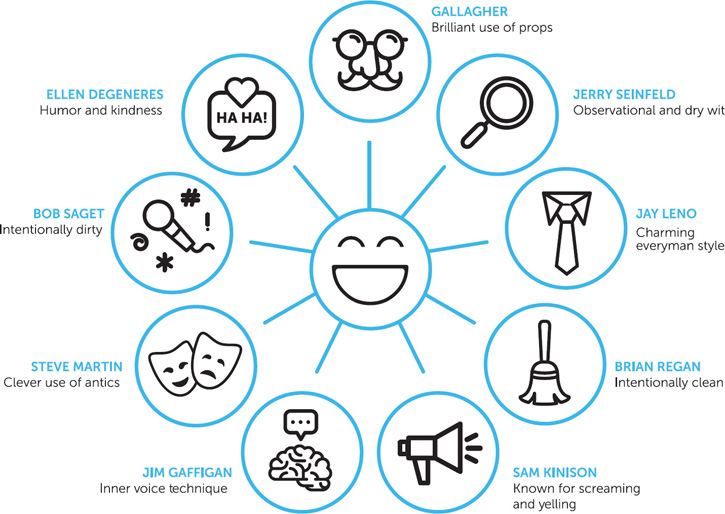
Figure 22.1 The Unique Style and Persona of Well-Known Comedians
As a presenter, you need to do the same. Develop your own perspective on life and the world around you.
Here are three suggestions to get you headed in the right direction:
1. DEDICATE THE TIME.
I’m a triathlete, but ice hockey is my favorite sport. For months, I had a terrible slap shot. Let’s just say I’m glad you could hardly identify me with my helmet and mask. It was ugly. However, I wanted to get better, so I kept showing up. I kept swinging, and eventually, the puck started to lift off the ice. Eventually, it started to hit the net. In his book Outliers, Malcolm Gladwell discusses the “10,000-Hour Rule,” which claims that the key to success is spending 10,000 hours on a specific task. If you want to be an expert, you must be willing to put in the hours.
2. FIND YOUR AUTHENTIC VOICE.
During the latter part of his career, my father worked for Anthony Robbins, so let’s just say that success modeling was a big part of my life. I love finding people who have done amazing things and studying how they accomplished so much. It’s always intriguing to discover how they decoded the art of mastery. Now, it’s great to model their methods, but it is dangerous to copy. Taking inspiration from another person is empowering, but becoming a “me too” of that individual is deadly. I’ll leave you with this: it’s better to be a collection of many than a duplicate of another.
3. FAIL AND FAIL AGAIN.
We love failure. Seriously. We absolutely love it. It is what makes us human. More important, it is what makes us better humans—if we learn from our failures and mistakes. There is nothing “overnight” about having a platform, so use every day to learn and fall flat on your face. Just make sure you get up again. So fail hard and fail fast. It’s going to take an abundance of trial-and-error experimenting with visuals, gestures, and speaking styles that are unique to you—and that is perfectly OK.
Put in the time. Find your authentic voice. And don’t be afraid to fail. If you are willing to do these things, you are on the right path to devel- oping your own point of view.
BUILDING YOUR PLATFORM
You can have the best content, the prettiest deck, and the most amazing delivery style, but if you have no platform, you have no audience. The entire concept of Durability is about having a message that (1) will not only be loved and adored by others but (2) will also stand the test of time. You must have fans to help you embed your message and cement your legacy. First, you need to flex your muscles and prove that you’re the expert. Here’s how to hit the gym.
BECOME AN EXPERT
According to author and entrepreneur Tim Ferriss, anyone can become an expert in four weeks. That’s it. It’s completely doable if you are willing to put in the effort. Here are a few tips Ferriss suggests to accomplish this level of authority:
1. JOIN TWO TO THREE TRADE-RELATED ORGANIZATIONS WITH OFFICIAL- SOUNDING NAMES.
The main idea here is to associate yourself with the right industry labels. If you want a certain distinction, seek the title. For instance, if you just created a business, apply to become an LLC. Within a few days, you now have the name XYZ Company, LLC, which makes you look a lot more credible.
2. READ THREE TOP-SELLING BOOKS IN YOUR SPACE.
Ferriss says that if you read this type of material, you will know about 80 percent more than the standard person in that industry. I can attest to this fact as well. When I first started Ethos3, I consumed every book on presentations I could get my hands on.
3. WRITE A GUEST POST.
Piggyback on the success of others. If Johnny has 100,000 blog subscribers, then offer to write a guest post for him for free. Your content will be seen by 100,000 folks.5
These tips are easy to implement and deploy. It just requires some proactiveness on your part. If you start acting like an expert, people will soon see you as a thought leader.
PURSUE THOUGHT LEADERSHIP
You are probably reading this book right now because you are looking for ideas, concepts, and anything else that will give you a competitive edge. You are looking for leadership. People all over the world are doing the exact same thing as you. They are looking for knowledge. They are looking for wisdom. They are looking for smarter ways to do things. They crave fresh ideas.
Here’s the good news. There is no better platform than a presentation for giving you the opportunity to showcase your expertise. Plan for it. Seize it. Own it:
Success occurs when opportunity meets preparation. —Zig Ziglar
If you put in the hard work, you’ll become a thought leader in your industry.
OBSESS ABOUT YOUR LEGACY
Achieving thought leadership is one thing. Securing a legacy is a completely separate challenge. I (Scott) don’t know about you, but I really care deeply about my legacy. I want to leave something behind for those who are passionate about improving their presentation and public speaking skills. That fact alone is a big reason why I wrote this book. It’s my small footprint in this world.
The good news is that we live in a world that obsesses about video. You can capture 4K video on the phone that is in your pocket. Everything you do can be recorded. When you pass away one day, what do you want to leave behind? Your presentations are a culmination of your greatest hits, so for starters, make sure you have something great to share.
RECYCLING YOUR DECK FOR MAXIMUM IMPACT
Here’s what normally happens: A person gets tasked with creating a presentation. He or she creates it, shows up, presents it, and then files it away. People clap quietly, and then everyone leaves for lunch. That is a tremendous missed opportunity. Let’s say your deck has 50 beautiful slides, some with amazing photography and typography and others with brilliant quotes, stats, and facts. All of that can be recycled for future endeavors. Specifically, they can be utilized as part of your content marketing efforts. Let’s start with the basics.
A CASE STUDY
A few years ago Ethos3 had the privilege of working with the team at Buffer to revitalize one of their decks.6 The Buffer team provided a deck called “Social Media Frequency,” which had a ton of compelling statistics and details about how often publishers should post. It was rich with amazing content but lackluster in design. We spruced it up, gave it a visual facelift, and worked with their team to put it online. The first place it went was SlideShare. You can view the before slides in Figures 22.2a, 22.3a, and 22.4a and the after slides in Figures 22.2b, 22.3b, and 22.4b.
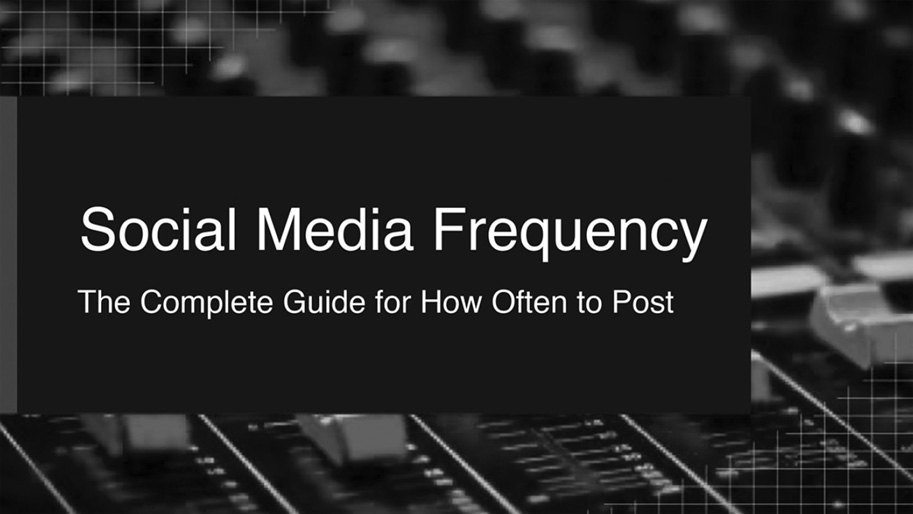
Figure 22.2a Social Media Frequency Slide: Before
Source: https://blog.slideshare.net/2014/06/30/slide-makeovers-buffers-social-media-guide.
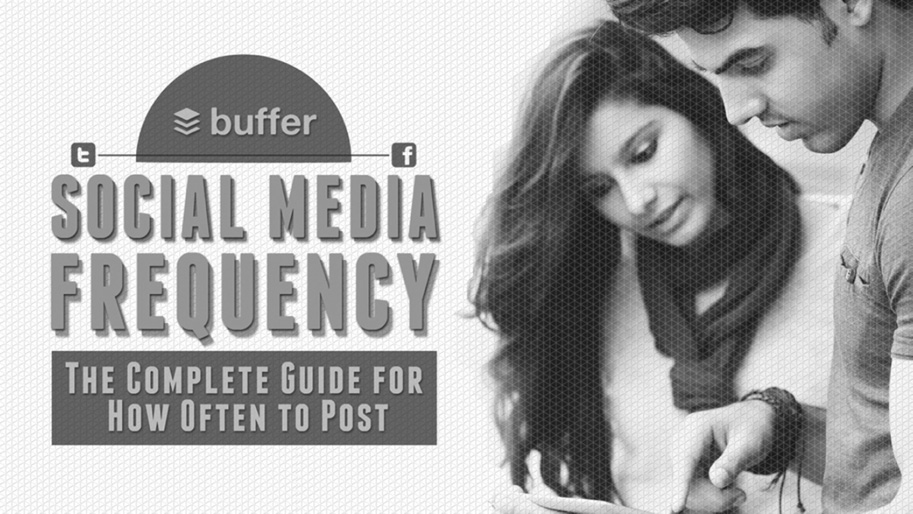
Figure 22.2b Social Media Frequency Slide: After
Source: https://blog.slideshare.net/2014/06/30/slide-makeovers-buffers-social-media-guide.
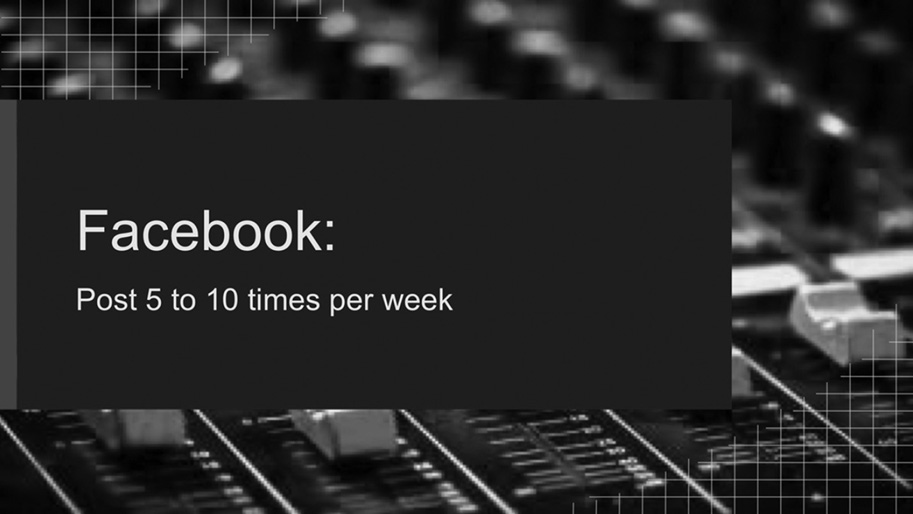
Figure 22.3a Facebook: Post 5 to 10 Times per Week: Before
Source: https://blog.slideshare.net/2014/06/30/slide-makeovers-buffers-social-media-guide.
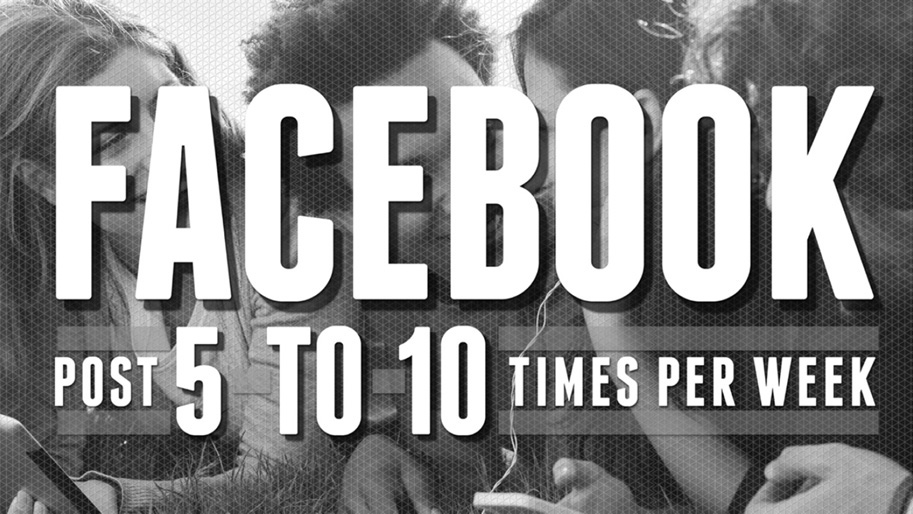
Figure 22.3b Facebook: Post 5 to 10 Times per Week: After
Source: https://blog.slideshare.net/2014/06/30/slide-makeovers-buffers-social-media-guide.
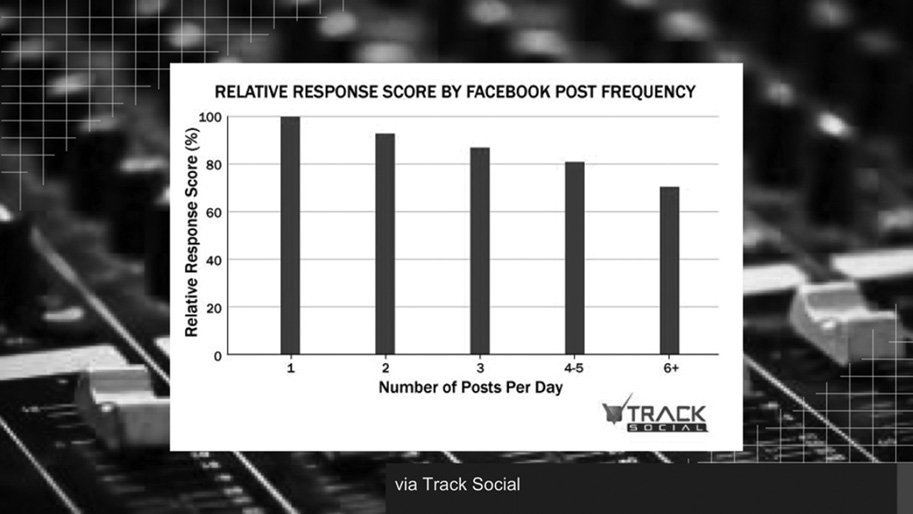
Figure 22.4a Relative Response Score by Facebook Post Frequency: Before
Source: https://blog.slideshare.net/2014/06/30/slide-makeovers-buffers-social-media-guide.

Figure 22.4b Relative Response Score by Facebook Post Frequency: After
Source: https://blog.slideshare.net/2014/06/30/slide-makeovers-buffers-social-media-guide.
If you are not familiar with SlideShare, it is the YouTube of PowerPoint. If you have a deck, upload it to SlideShare, and voilà! You are now sharing your presentation with the rest of the world. At the time I was working with Buffer, I was writing regularly for SlideShare, so the slide deck was quickly turned into a blog post about the makeover process. I took a few select slides, as did Buffer, and shared them on Twitter, Facebook, and LinkedIn. Just like that we had maximum exposure across multiple channels.
According to recent studies, when content contains images, there is a probability that it will receive 94 percent more views than content without visuals.7 In addition, visual content is 40 times more likely8 to be shared on social media. Given that presentations, when done right, are entirely visual, success is inevitable. Plus, everything is measurable.
MEASURE YOUR SUCCESS
Once you have done the hard work, take joy in knowing that all your efforts can be measured. Total views. Check. Traffic sources. Check. Social actions. Check. Your content marketing strategy is a beautiful thing.
Presentations should always be part of any marketing strategy not only because they create the ability for the success of the strategy to be measured but also because they can increase your ranking across all browsers.
GET RANKED
A strong organic search presence is what every great marketer desires. Sites such as SlideShare, which has over 60 million users,9 make organic search easy because they are incredibly search friendly. SlideShare will automatically transcribe the copy from your presentation, making it one of the Internet’s most accessible websites, and search sites such as Google love it. The lesson: build presentation content around the search terms that your business dominates, and you will win.
CONCLUSION
This is a highly coveted quadrant because it is all about legacy. Mastery of Durability means that you build, design, and deliver presentations that stand the test of time. It is the predictor of your long-term success and value. It’s tough to achieve, but it is also the most rewarding.
 REMEMBER
REMEMBER


